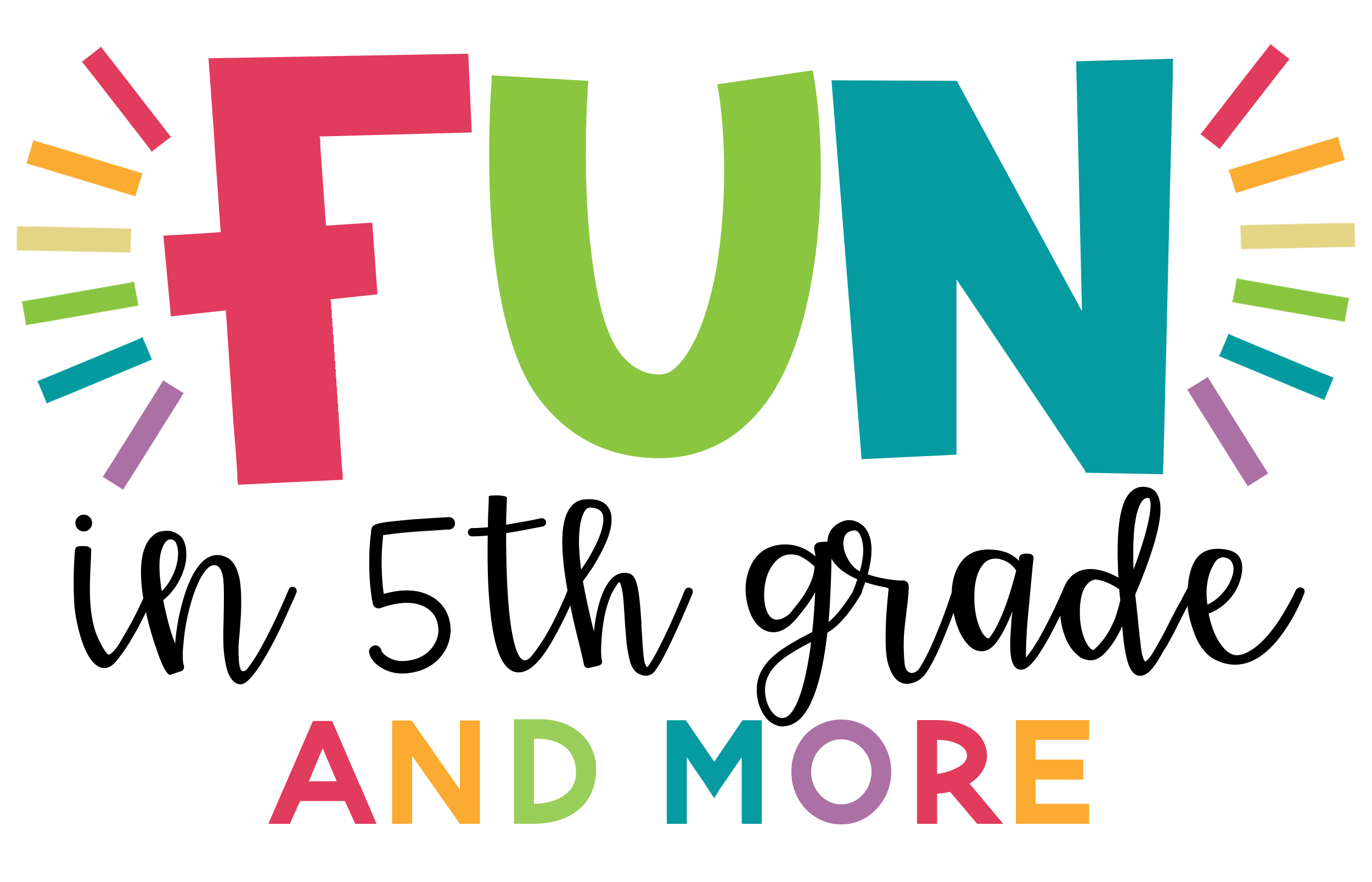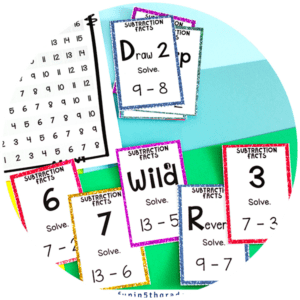
Building a classroom community may just be the most important thing that you do this school year.
Back to school time is full of so many different lessons and activities…not to mention assessments, celebrations, and general get-to-know-yous.
It is a time of the year that can be a bit stressful for a lot of students (and teachers).
Although many students and teachers enter the school year excited and raring to get going, this is not true for all.
Some students are dealing with separation anxiety caused by being home with family for several months. Many are sad that the summer is over and not really excited about having to stay indoors for so long during the day. Some students are feeling overwhelmed by the newness of it all and the insecurity of making and keeping new friends.
Some teachers are concerned with what they may encounter. They are uncertain about the students entering their rooms and are very unsure about whether or not the activities and lessons they’ve planned will engage this new set of students. Like students, the teachers may be sad to be leaving summer behind or wary of starting over again.
No matter which side you’re on, the beginning of the school year is tough, and having a good back to school plan is really important for meeting the needs of both students and teachers alike.
Building a Classroom Community
Since students and teachers are all entering this space with different needs and expectations, building a classroom community that is inviting, comfortable, and consistent from the very beginning is imperative to start the school year off strong.
Here are some ideas and activity suggestions you can refer back to during those early weeks of the year as you focus on community building.
#1 | Get to Know You
Spending time getting to know students over the course of the first several weeks will really help them as they grow more comfortable with their new role in your class.
Ask them about their pets, their parents, families, friends, favorite activities, things they want to try, etc.
As you go through this process, find a way to document information and reference it regularly so you can ask students about what is going on with their pet, or if their favorite stuffed animal got fixed, or if they have built anything new in Minecraft lately.
Make a goal in the early days of the year to specifically and individually ask students about something in their lives at least once a week. (Don’t group all the students together. Pull aside each student individually.) You can keep track of this by making a quick spreadsheet where you can note the student’s name and the topic you are going to ask about. Then check it off after you’ve had the interaction with the student. Although this may seem calculated, it is a clear way to make sure that you have spoken about a personal topic to every student in the room at least once a week. Showing them that you are interested in their lives outside of school and that you’re paying attention.
As you get to know students better, you can deepen the conversations, add writing prompts, or even make journaling a part of your daily activities. You may still want to document conversations to make sure you are consistently speaking with every student. Sometimes we feel like we’ve done a good job meeting with each student, but after documenting regularly, we realize where we may be missing opportunities to connect.
#2 | Do one of THESE Activities
In an earlier post, we discussed three activities you can do with students at the beginning of the year.
These activities include…
Your Perfect School Day
Where students talk with you about their feelings about school through an activity where students are invited to talk about and design their perfect school day.
What’s the Scoop
Using one of our digital games, you’ll ask students a series of get-to-know-you questions that give you an opportunity to learn more about them in a relaxed environment.
Creating Characters
In this activity, students are encouraged to begin working on and developing their understanding of character by describing their own character traits in different environments.
#3 | Set Expectations
One thing that can help students feel safe and comfortable as you are building a classroom community is having clear expectations.
Spend time going over how you expect students to work independently and in groups. Talk with them about where you want them to put their names on papers or how you want them to address you and other teachers.
Talk with students about your expectations for the cleanliness of the room and their workspaces.
Anything that can help them set and accomplish clear goals for behavior and presentation of knowledge and ideas is important to go over.
Although setting expectations is one thing, following through is another. Make sure that you keep your expectations very clear and that you let students know when they are meeting them and when they are not.
Expectations are only as strong as the person who enforces and follows through on them, so if you are not truly going to expect students to do something at a certain time or in a certain way, then don’t tell them it is an expectation.
#4 | Classroom Procedures
If you are serious about building a classroom community where students feel safe and respected, spend a lot of time in those early days of the school year going over classroom procedures.
From how to ask to use the bathroom to where to get a pair of scissors or at what point you’re allowed to write on a whiteboard, students need to know how to get around in and interact with the classroom space.
Letting students know what the procedures give them a guide for how to interact safely and with confidence in the classroom.
We have written several posts about classroom procedures in the past, and we have a great FREE resource for teachers to use as they go through classroom procedures and try some of the many activities we’ve suggested.
Here are a few blog posts to check out on this topic!
- Back to School Activities for Upper Elementary: Classroom Procedures Charades
- Why you should review classroom procedures after the break!
- Teach Resourcefulness and Independence Through Classroom Procedures
- 7 Classroom Procedures Games that Students Will Love
- 14 Classroom Procedure Categories to Focus on in Upper Elementary

Elementary teachers are so great at building a classroom community where students feel safe, heard, and loved, and we know that you are going to take some of these ideas and really run with them in your classroom.
If you try any of these ideas or activities, please don’t hesitate to share some photos with us. We’d love to see your kiddos in action!






